Manipulatives are physical objects that are used as teaching tools to engage students in hands-on learning. Over the years, educators have learned that the use of manipulatives in math instruction deepens understanding of concepts, makes skills practice meaningful, and increases retention and carryover of information in new problem-solving situations.
3 Reasons to Use Math Manipulatives in the Classroom
Everything from dominoes and play money to geometric shapes and fraction tiles can be used as manipulatives when learning mathematics. The following are three important roles of math manipulatives in the classroom.
1. Bridge the Real World and the Mathematical World
Understanding and applying abstract mathematical concepts is not always easy, especially for younger students. Manipulatives provide a tangible and visible tool for learning abstract concepts—being able to hold and feel a three-dimensional item in their hands creates an understanding that two-dimensional pictures and videos can’t provide. While using physical objects, students can create a step-by-step process that allows them to actually see an abstract problem in stages, so they can more easily understand.
Manipulatives help students develop conceptual understanding by representing ideas in multiple ways; with manipulatives, students can stack and arrange items quickly in a variety of ways. They also provide opportunities for students to test their ideas, communicate their thinking, and enhance the students’ ability to reason. Through experimentation with manipulatives, students learn to use their deductive reasoning skills to find out what works and what doesn’t, which allows for failure in a non-threatening way. Students can learn methods that provide the correct answers to math problems while discovering those that don’t work through a process of trial and error.
2. Can be Used in Conjunction with Other Materials
While manipulatives can be used alone, they are more effective when used in conjunction with other learning tools. Textbooks, videos, and pictures are just a few of the materials that can be used alongside manipulatives to increase their effectiveness. Working with physical objects while listening to a teacher’s instructions or watching a video will help the students stay focused. Using a combination of materials and teaching methods will help reach visual, auditory, and kinesthetic learners. It’s important to remember that incorporating manipulatives into a lesson and using a variety of teaching methods normally takes more planning and organization than teaching from a textbook or using manipulatives alone.
3. Manipulatives Are Appropriate for All Ages and Grade Levels
Some educators may mistakenly believe that manipulatives are only effective for younger children or special needs intervention, but that isn’t the case. Manipulatives can be used not only for simple tasks such as ordering and distinguishing patterns, but also for exploring spatial relationships and complex problem-solving. Older students studying more difficult subjects such as algebra and geometry can benefit from working with a variety of concrete objects. Time spent with manipulatives and model-based lessons at any level builds student confidence and increases their ability to apply skills in a real-world situation. Students should be offered a wide selection of manipulatives that can be used throughout the day to facilitate learning and make mathematical connections.
More Classroom Math Inspiration & Ideas
If you’re looking for more ways to engage your students in math and other STEAM concepts, be sure to visit the STEAM/STEM category page and read up on teacher tips and classroom activity ideas. Also be sure to visit the online store to find thousands of products and tools to support your math students and lesson plan ideas.

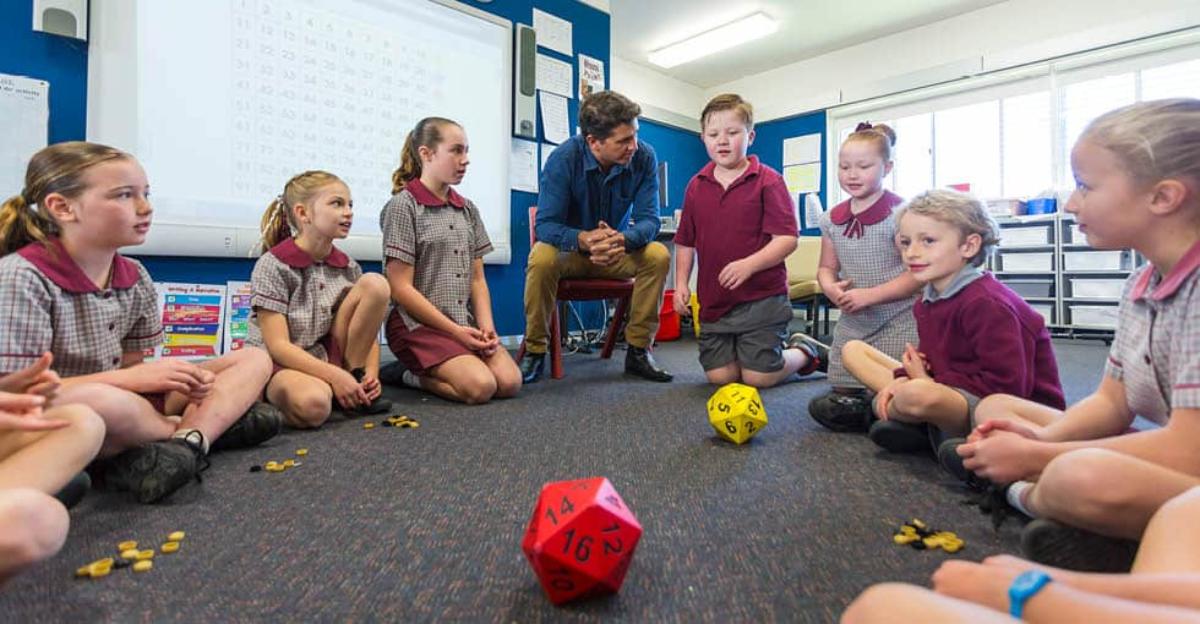
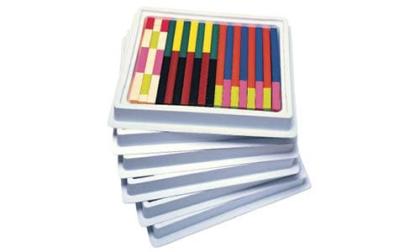
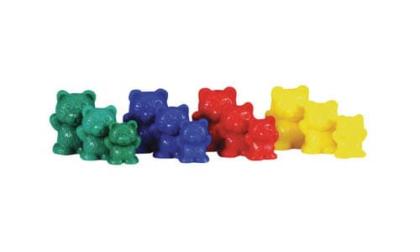
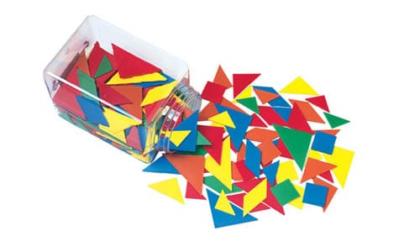
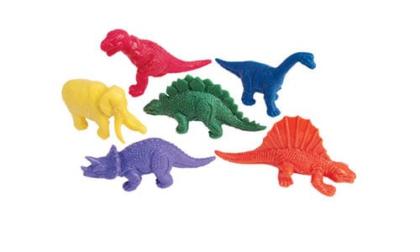
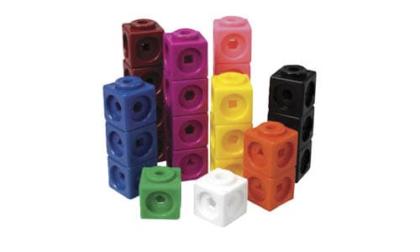
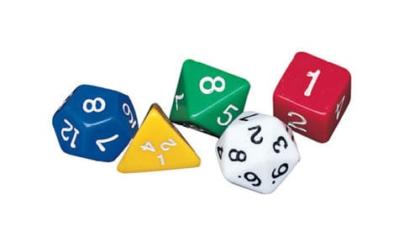

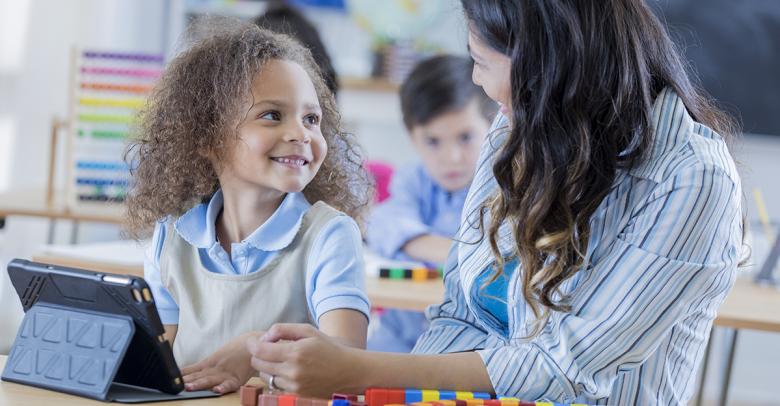
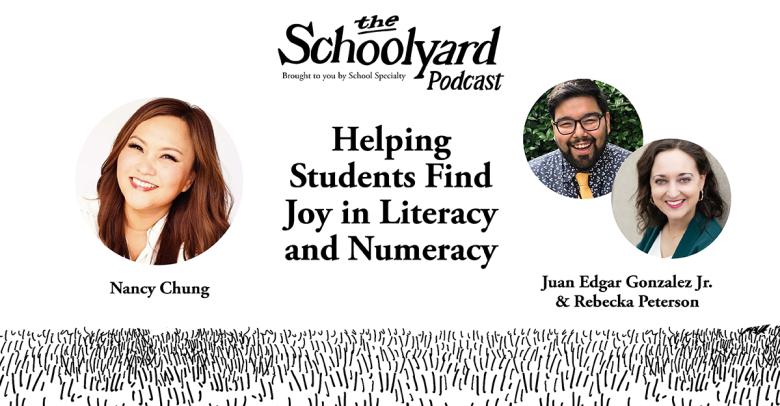
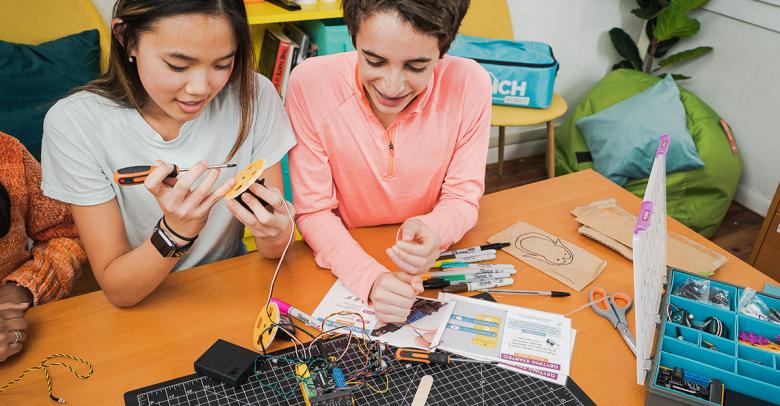
Leave a Reply